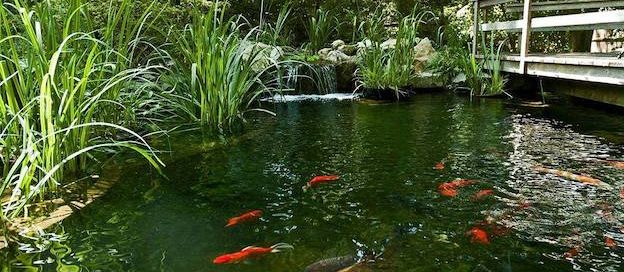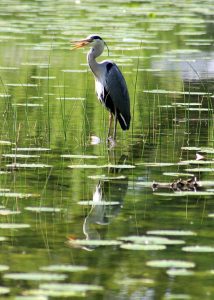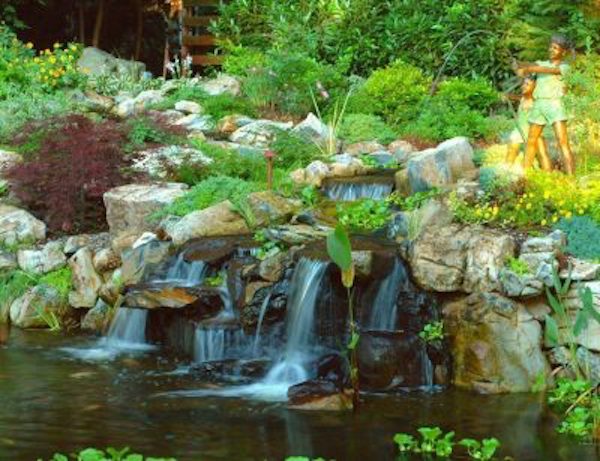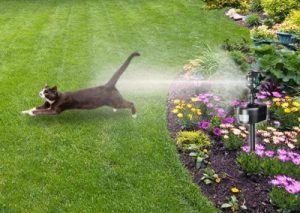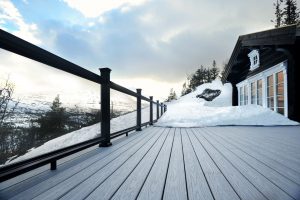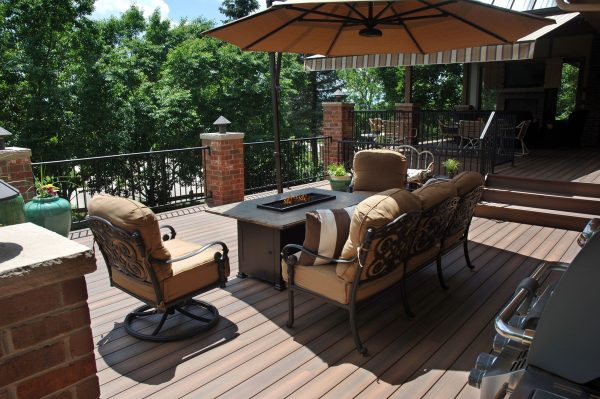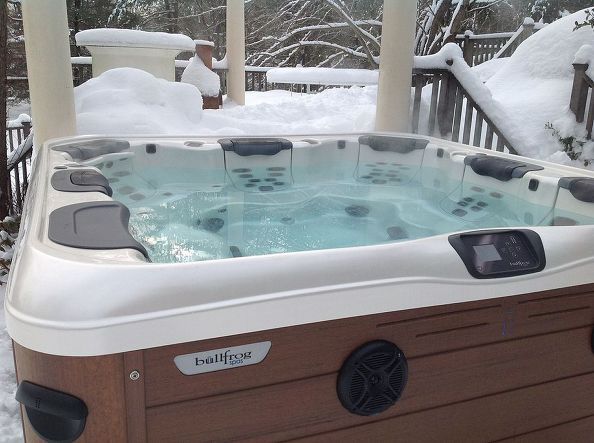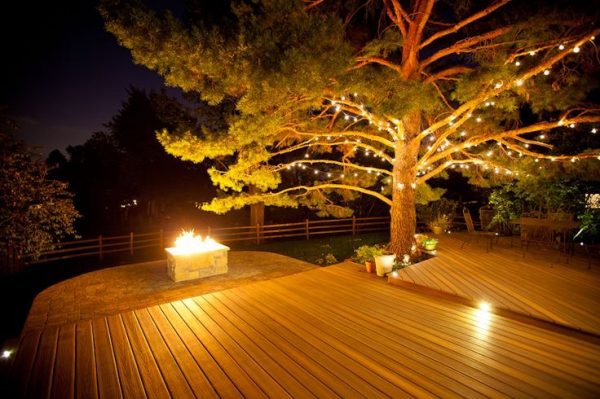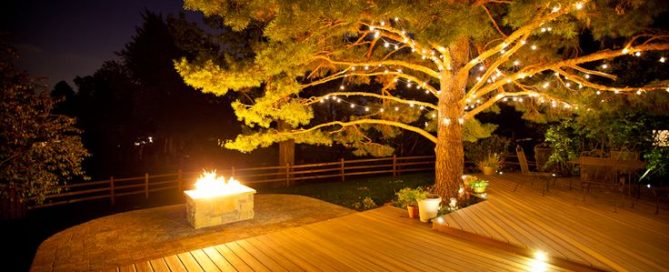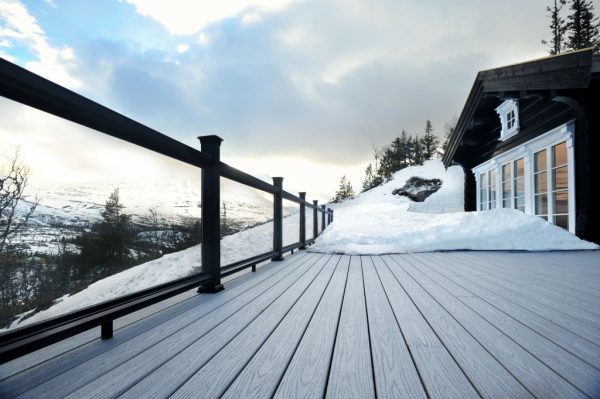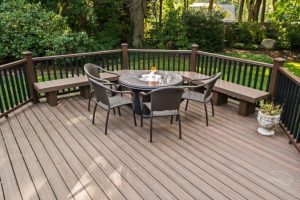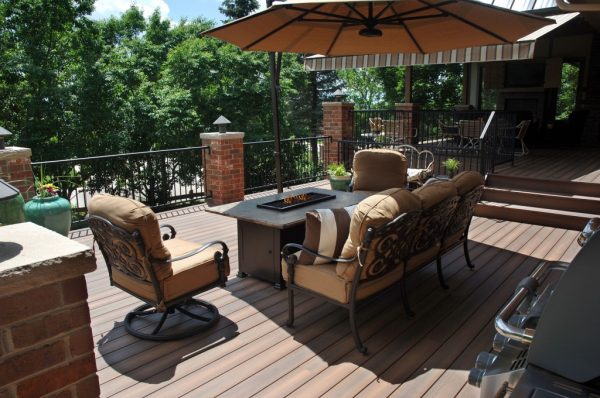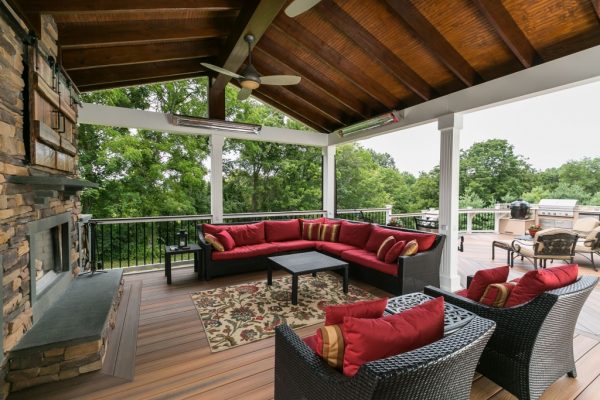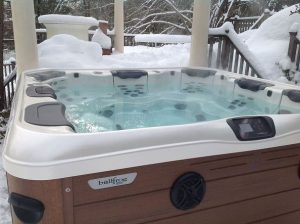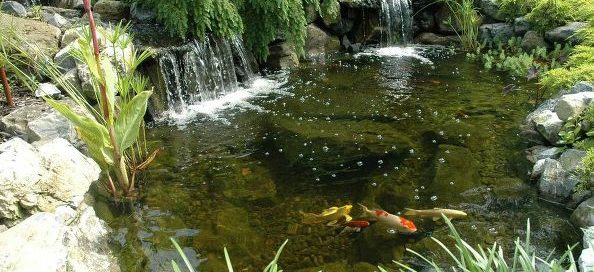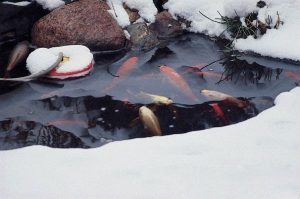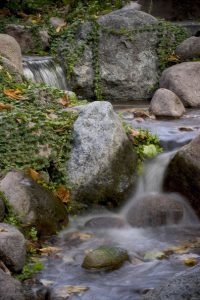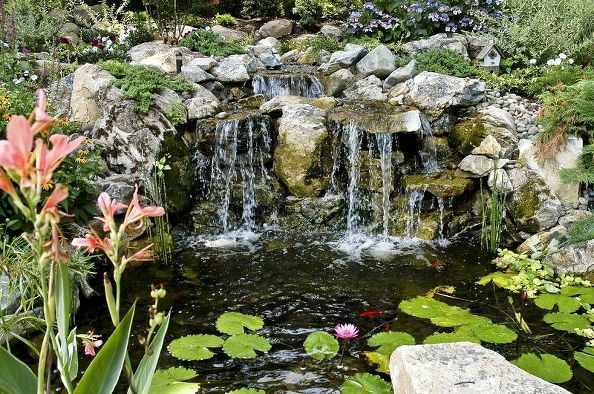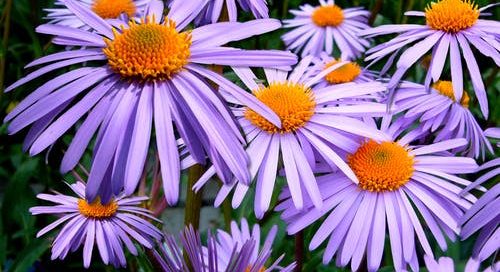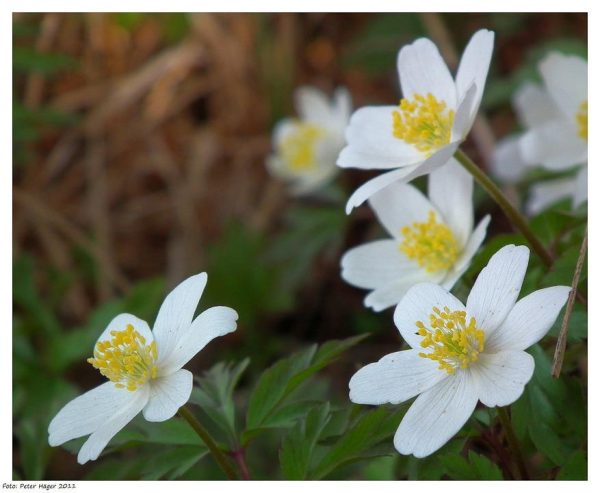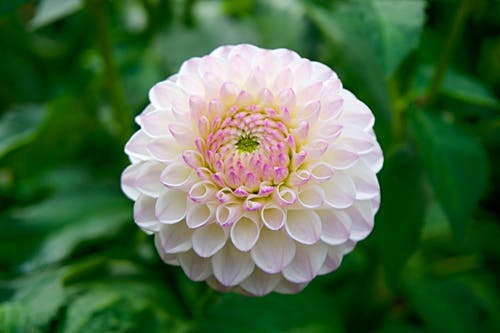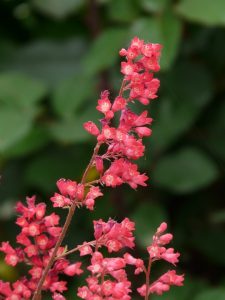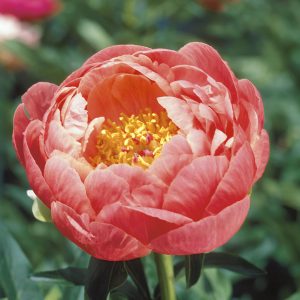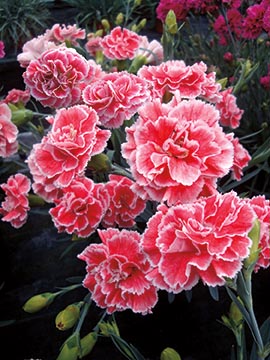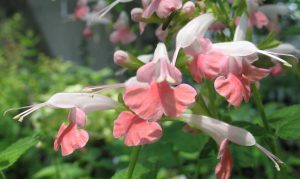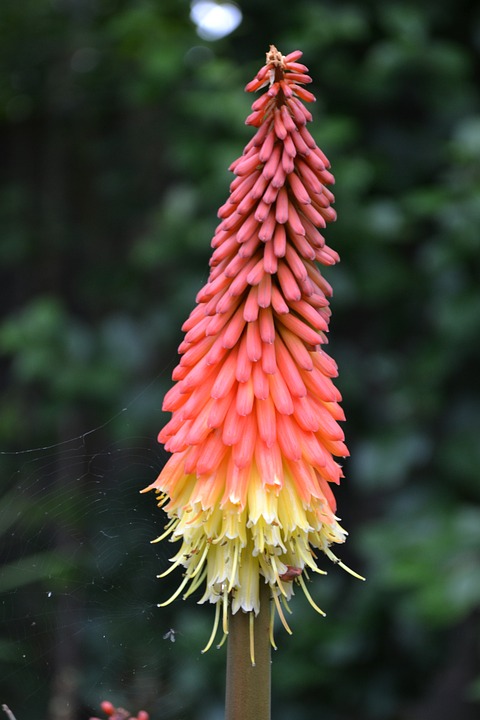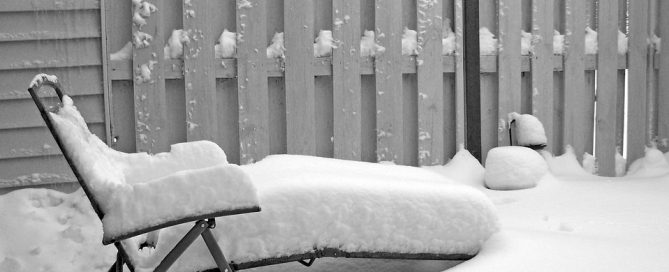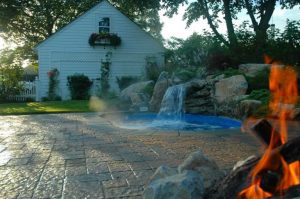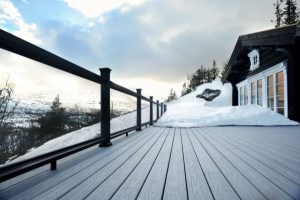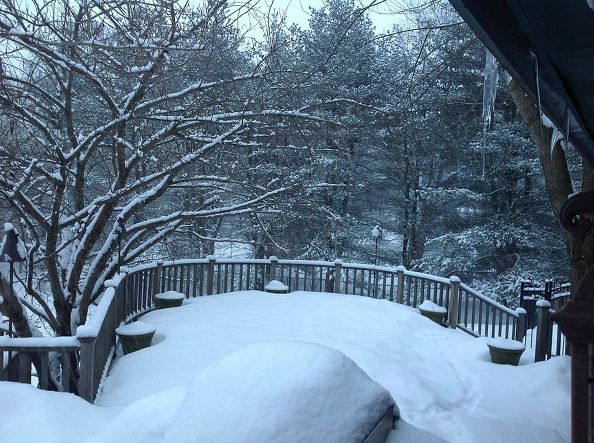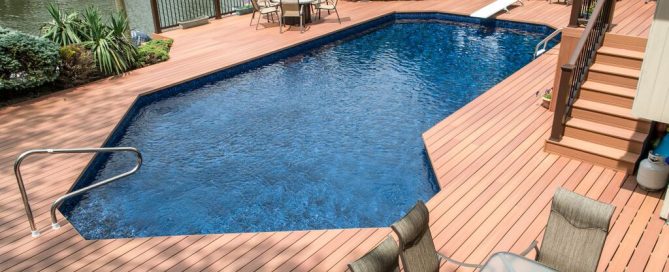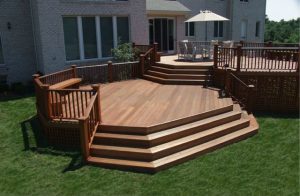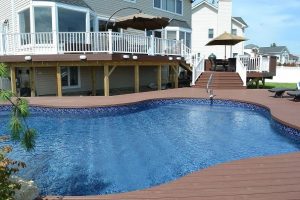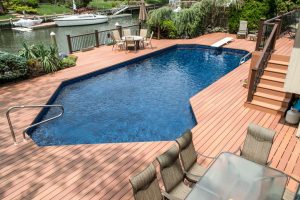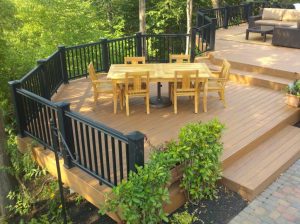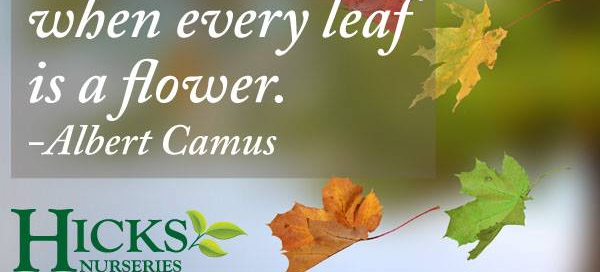How Can I Keep My Pond Fish Safe from Predators?
According to retailers, the pond and water garden industry has enjoyed a leap is sales during the pandemic. This jump has appeared in both water feature installations and maintenance services.
“Ponds are a wonderful way to enjoy the outdoors without having to leave home. And they can be built in any size,” says Dave Stockwell. “But those who want a pond large enough for koi often worry if they will be able to keep their pond fish safe from predators.”
Pond fish are worth protecting. They are not just lovely to look at; koi help balance the entire ecosystem of a pond.
Safety Begins with Good Pond Design
“If your koi pond was designed and built well, it was designed and built deep,” says Dave.
A water feature with sufficient water depth will dissuade, for example, raccoons and cats from going after your fish, since neither species enjoy swimming to get their dinner.
Plus deeper water at the edges (more than 18” deep) discourages the most challenging predator, the heron, from wading into your pond. Herons enjoy walking around in slightly shallow water.
Deep water really puts them off.
So a pond designed with high rock ledges and no easy wading entrance discourages a heron from hunting your fish.
Another helpful idea is adding a waterfall feature. The continuous movement of bubble rocks, waterfalls, or even water from nearby sprinklers will put off many predators.
Also, unlike still water which offers a glass-like surface, bubbling water from a waterfall etc. disturbs that serene surface, making it harder for predators to see the fish underneath.
“In addition, when we construct a pond, we frequently include underwater koi castles,” says Dave.. “When the koi sense danger, they can hid in there until the creature has given up.”
1. Statues: Some swear by scarecrows like owl statues. Others recommend a decoy-heron. Indeed, being territorial, herons will usually avoid conflict with what they perceive as another heron. Be sure the decoy is large enough to appear as a reasonable threat, however. And it is also important to move the decoy every few days. Herons are clever and will soon figure out a decoy that never moves isn’t a danger.
2. Another effective deterrent is installing a motion-activated sprinkler. We found, for example, one gardening expert, the Laidback Gardener, who says that after testing just about every animal repellent conceivable: “…the only simple deterrent that keeps most animals away in the long run is the motion-activated sprinkler.”
The motion-activated sprinkler is just one of several deterrents that should be used, adds Dave. “It can be effective, but works best in combination with some of the other suggestions we’ve given here today.”
3. Pond Netting/Fish Wire: “The most effective guarantee for safeguarding pond fish is pond netting,” says Dave. “But, because they spoil the look of the pond, most people prefer to use netting only during fall foliage. However, another suggestion which you’ll see in the following video seems a better alternative. Fish wire can be strung around pond areas where predators can get close enough to grab your fish.
The following YouTube video is by Foisy Aquatics who has a YouTube channel devoted just to fish.
Final Note: Koi are a healthy part of this Deck and Patio pond’s natural ecosystem. We construct ponds so they have lots of room to hide as well as swim. We also ensure the pond is sufficiently deep, including around the edges. We add plenty of high rock overhangs to discourage predators. A motion-activated sprinkler and a koi castle offer the final bits of security.

